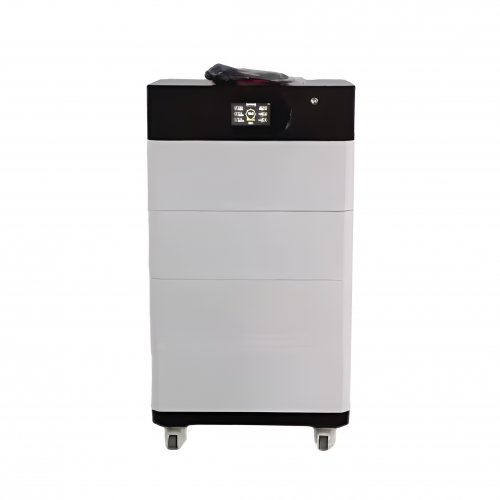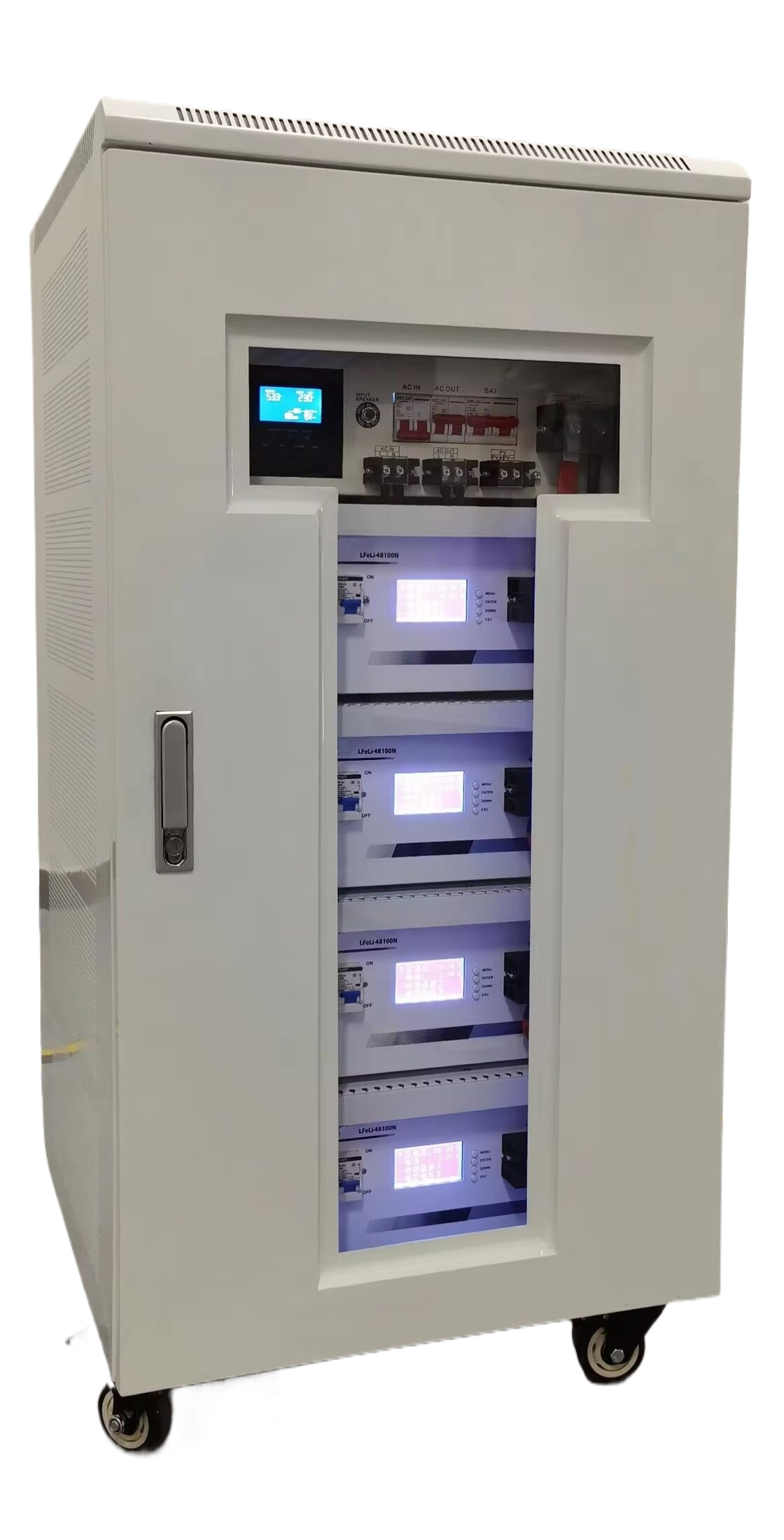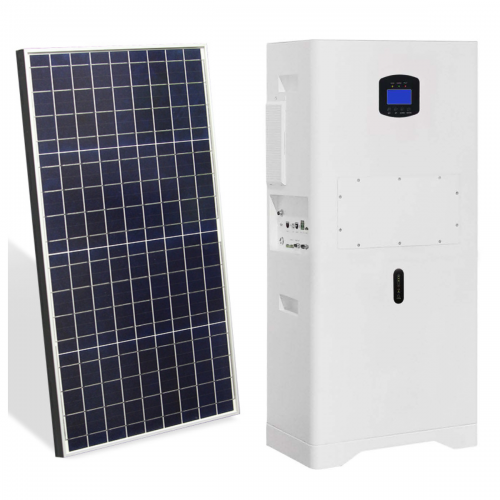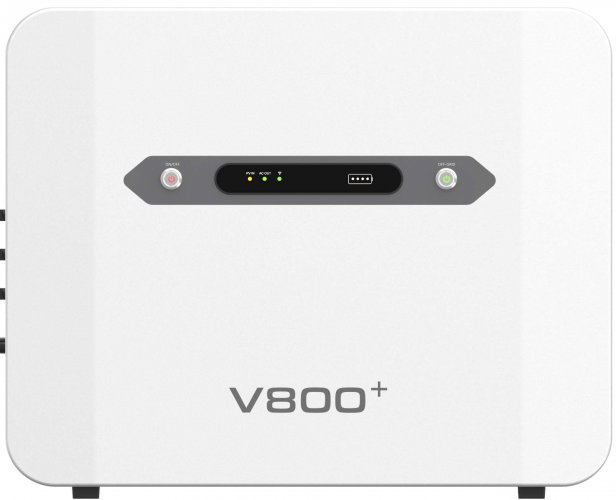Lifepo4 Cost Analysis Review: Balancing Longevity, Safety, And Value
Lithium Iron Phosphate (LiFePO4) batteries have rapidly moved from a niche technology to a mainstream power solution, championed for their remarkable safety profile and exceptional cycle life. However, for consumers and businesses alike, the initial purchase price often presents a significant hurdle. This review conducts a thorough LiFePO4 cost analysis, moving beyond the sticker price to evaluate the true value proposition of these batteries in real-world applications. We will dissect their core functionality, weigh their advantages against their drawbacks, and ground our assessment in practical usage scenarios.
Product Functionality and Core Technology
At its heart, a LiFePO4 battery is a type of lithium-ion battery that uses lithium iron phosphate as the cathode material. This specific chemistry is the root cause of its defining characteristics. Unlike traditional lead-acid or other lithium-ion variants (like NMC or NCA), LiFePO4 batteries are inherently stable, significantly reducing the risk of thermal runaway and fire.
Their primary function is to store and deliver electrical energy efficiently. They are deployed in a vast array of applications, including:Solar Energy Storage: As a cornerstone for off-grid and hybrid solar systems.Recreational Vehicles (RVs) and Marine: Providing reliable house power for appliances, lighting, and electronics.Electric Vehicles (EVs) and Golf Carts: Offering a safe, long-lasting alternative for propulsion.Uninterruptible Power Supplies (UPS): Ensuring critical systems remain online during outages.Portable Power Stations: Fueling the modern demand for mobile, clean energy.
Key performance metrics include a high depth of discharge (DoD)—typically 80-100% compared to lead-acid's 50%—flat voltage discharge curves, and minimal self-discharge rates.
Advantages: The Long-Term Value Equation
The benefits of LiFePO4 batteries form the crux of the cost-analysis argument. Their higher upfront cost is amortized over a vastly extended operational lifespan.
1. Exceptional Cycle Life: This is the most significant factor. A quality LiFePO4 battery can deliver 3,000 to 7,000 charge cycles while retaining 80% of its original capacity. A lead-acid battery might manage 500-1,000 cycles if treated gently. In a solar setup requiring daily cycling, a lead-acid battery may need replacement in 2-3 years, while a LiFePO4 battery can last a decade or more. The cost of multiple lead-acid replacements quickly surpasses the one-time investment in LiFePO4.
2. Superior Efficiency: LiFePO4 batteries boast charge and discharge efficiencies of 95-98%, whereas lead-acid batteries are typically around 80-85%. This means more of the energy from your solar panels or grid charger is stored and made usable, reducing energy waste and, consequently, electricity costs over time.
3. Reduced Maintenance and Flexibility: They are virtually maintenance-free, requiring no watering, equalizing charges, or regular cleaning of terminals. Furthermore, they do not need to be stored at 100% charge, alleviating the stress of immediate recharging after use. This flexibility reduces wear and simplifies system management.
4. Enhanced Safety: The stable chemistry minimizes fire risk, a critical consideration for installations in homes, vehicles, or enclosed spaces. This intrinsic safety can also lead to lower insurance premiums in some cases, adding another layer of financial benefit.
5. Weight and Space Savings: LiFePO4 batteries offer a much higher energy density than lead-acid. They can provide the same capacity in half the weight and a third of the space, a crucial advantage for RVs, boats, and mobile applications.
Disadvantages: The Initial Hurdle
The advantages are compelling, but a fair cost analysis must acknowledge the drawbacks.
1. Higher Initial Investment: The most apparent and significant barrier to entry is the purchase price. A LiFePO4 battery system can cost two to three times more than a comparable lead-acid system upfront. This can be prohibitive for those with limited initial capital.
2. Battery Management System (BMS) Dependency: The health and safety of a LiFePO4 battery are managed by a built-in BMS. While this protects the battery, a failure of the BMS can render the entire battery bank inoperable and require professional service or replacement.
3. Performance in Extreme Cold: While they handle heat well, LiFePO4 batteries cannot be charged at temperatures below 0°C (32°F) without integrated heating elements. This can be a limitation for off-grid systems in frigid climates without proper thermal management.
4. Voltage Compatibility: Their discharge voltage curve is different from lead-acid batteries. While many modern inverters and charge controllers are programmable for LiFePO4, older equipment might not be compatible without an upgrade, adding to the total system cost.
Actual Use Experience
In practical terms, the user experience with LiFePO4 batteries is overwhelmingly positive. Users transitioning from lead-acid consistently report a "set it and forget it" reliability. In an RV, this translates to powering air conditioning units or microwaves for longer periods without anxiety about damaging the batteries or the need to run a loud generator. The ability to use nearly the full rated capacity provides a tangible sense of freedom.
For solar homeowners, the experience is defined by consistency and resilience. The batteries charge faster from solar panels due to their high efficiency and maintain stable output voltage even as they discharge, meaning appliances run consistently without the dimming lights or sluggish performance often seen with draining lead-acid batteries. Over years of use, the absence of maintenance and the lack of a need for replacement validate the initial financial outlay.
Conclusion
The LiFePO4 cost analysis reveals a clear narrative: this is a technology where you pay more today to save significantly tomorrow. The evaluation is not merely about the cost of the battery itself but the Total Cost of Ownership (TCO). When factoring in the unparalleled cycle life, superior efficiency, zero maintenance, and enhanced safety, the long-term value of a LiFePO4 system becomes undeniable.
For users with high cycling demands, space or weight constraints, and a focus on safety and hassle-free operation, the investment is not only justified but economically prudent. However, for applications with very infrequent use or where the battery will sit idle for extended periods in cold conditions, the high initial cost may be harder to offset. Ultimately, LiFePO4 batteries represent a forward-thinking investment in reliable, clean power, whose true cost is best measured in years of dependable service rather than dollars spent at the point of sale.
Customized/OEM/ODM Service
HomSolar Supports Lifepo4 battery pack customization/OEM/ODM service, welcome to contact us and tell us your needs.


HomSolar: Your One-stop LiFePO4 Battery Pack & ESS Solution Manufacturer
Our line of LiFePO4 (LFP) batteries offer a solution to demanding applications that require a lighter weight, longer life, and higher capacity battery. Features include advanced battery management systems (BMS), Bluetooth® communication and active intelligent monitoring.

Customised Lithium Iron Phosphate Battery Casing
ABS plastic housing, aluminium housing, stainless steel housing and iron housing are available, and can also be designed and customised according to your needs.

HomSolar Smart BMS
Intelligent Battery Management System for HomSolar Energy Storage System. Bluetooth, temperature sensor, LCD display, CAN interface, UART interface also available.


Terminals & Plugs Can Be Customized
A wide range of terminals and plugs can be customised to suit the application needs of your battery products.

Well-designed Solutions for Energy Storage Systems
We will design the perfect energy storage system solution according to your needs, so that you can easily solve the specific industry applications of battery products.



About Our Battery Cells
Our energy storage system products use brand new grade A LiFePO4 cells with a battery lifespan of more than 4,000 charge/discharge cycles.



Applications in Different Industries
We supply customized & OEM battery pack, assemble cells with wiring, fuse and plastic cover, all the cell wires connected to PCB plug or built BMS.
Applications: E-bike, Electric Scooter, Golf Carts, RV, Electric Wheelchair, Electric Tools, Robot Cleaner, Robot Sweeper, Solar Energy Storage System, Emergency Light, Solar Power Light, Medical Equipment, UPS Backup Power Supply.
We can provide you with customized services. We have the ability to provide a vertical supply chain, from single cells to pack/module and to a complete power solution with BMS, etc.


HomSolar (Shenzhen) Technology Co., Ltd
























